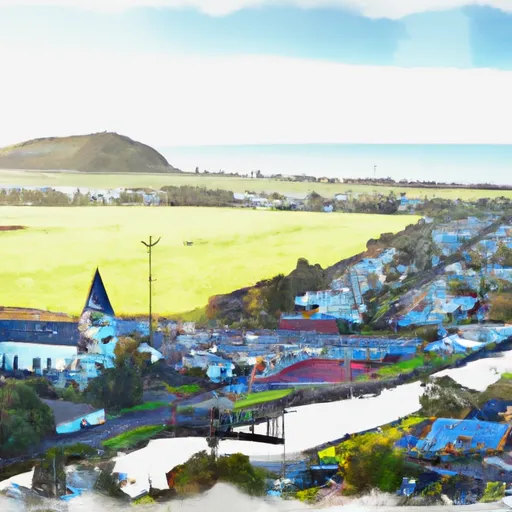°F
°F
mph
Windspeed
%
Humidity











Netarts is a small coastal community located in Tillamook County, Oregon. Situated on the eastern side of Netarts Bay, this picturesque town offers a unique coastal experience. The climate in Netarts is characterized by mild, wet winters and cool, dry summers. The average annual rainfall is around 70 inches, providing a lush green landscape throughout the year.
Netarts Bay is known for its rich hydrology constituents. The bay is a productive estuary that supports a diverse array of marine life, including Dungeness crabs, clams, and oysters. It is a popular spot for recreational shellfish harvesting, fishing, and crabbing.
Outdoor enthusiasts will find plenty of opportunities to explore the natural beauty of Netarts. Cape Lookout State Park, located nearby, offers stunning coastal views, hiking trails, and beach access. Visitors can enjoy picnicking, camping, beachcombing, and wildlife watching. Netarts Bay is also a prime location for kayaking and paddleboarding, with calm and protected waters.
With its inviting climate, diverse hydrology constituents, and abundant outdoor recreation opportunities, Netarts is a delightful destination for nature lovers and those seeking a coastal escape.
Weather Forecast
Netarts receives approximately 2459mm of rain per year, with humidity levels near 82% and air temperatures averaging around 10°C. Netarts has a plant hardyness factor of 8, meaning plants and agriculture in this region tend to thrive here all year round.
Regional Streamflow Levels
5,090
Cubic Feet Per Second
2,640
Cubic Feet Per Second
3,330
Cubic Feet Per Second
2,990
Cubic Feet Per Second
Nearby Camping
| Camping Area | Reservations | Toilets | Showers |
|---|---|---|---|
| Kilchis Park | |||
| Nehalem Falls - State Forestry | |||
| Webb County Park | |||
| Woods County Park | |||
| Sand Beach | |||
| Hebo Lake |



